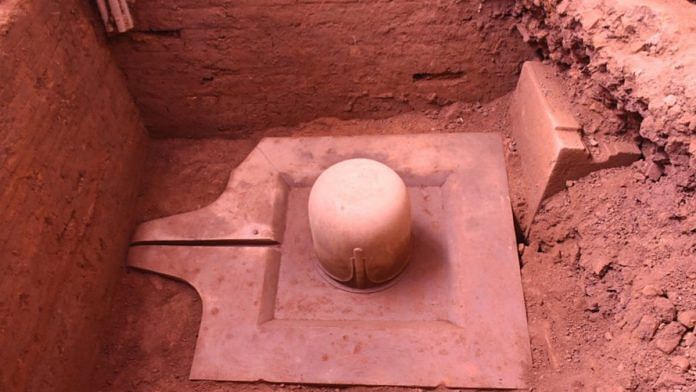New Delhi: The Archeological Survey of India (ASI) recently discovered a monolithic sandstone Shiva linga from the 9th century CE, during the ongoing conservation project at Mỹ Sơn — a cluster of abandoned and partially ruined Hindu temples in Quảng Nam province in central Vietnam.
External Affairs Minister S. Jaishankar also applauded the ASI on the discovery, calling it “a great cultural example of India’s development partnership”. He also said that the artefact reaffirmed the “civilisational connect” between India and Vietnam.
A great cultural example of India’s development partnership. @AmbHanoi @ITECnetwork @FMPhamBinhMinh pic.twitter.com/9kB6DZ8MbK
— Dr. S. Jaishankar (@DrSJaishankar) May 27, 2020
Also read: Evidence of brain surgery in ancient Greece, a sharp spike in methane emissions in 2019
2000-year old shared history between India and Vietnam
India and Vietnam share a long, rich civilisational history that dates back to 2,000 years ago when the latter’s first civilised society was established.
The Champa civilization or the Cham civilization occupied what is today known as central Vietnam. India’s influence on the Cham civilization ranges from its archaeology to language with city names like Indrapura, Simhapura, Amaravati, Vijaya and Panduranga.
“The oldest artifacts of a distinctly Cham civilization—brick flooring, sandstone pillars and pottery found at Tra Kieu in Quang Nam Province—date to the second century A.D,” a 2014 report in the National Geographic said.
Internationally renowned and award-winning marine archaeologist Robert Stenuit claimed that residents of the Cham civilisation were great sailors and builders. He added that the Cham society also most likely practiced Shaivite Hinduism.
When President Ram Nath Kovind visited Vietnam in 2018, he began his journey from Da Nang, where the world heritage site of Mỹ Sơn falls — a place believed to have strong civilisational connect with India and majority Hindu population.
Till today, archaeologists continue to discover citadels in this cluster and about 25 temple sites have survived in Vietnam.
According to the official website of the Vietnam National Administration of Tourism, “Many of their shrines honour Shiva—often shown as a linga, while their carvings depict all manner of Hindu deities. Hindu doctrines were blended with homegrown beliefs, such as their conviction that they were descended from a goddess named Po Nagar, born from heavenly clouds and seafoam.”
Also read: 90-million-year-old rainforest & 3 human-like species living side-by-side in ancient Africa




Many such found during.domestic work in himachal Pradesh. But ASI is yeh too reach there to find the she of these excavations.